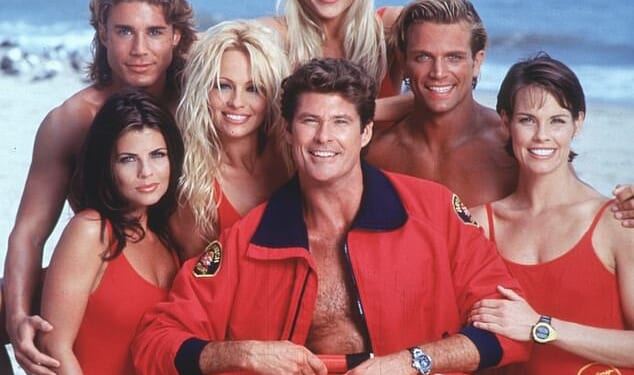As any Minnesota native will tell you, open-water swimming is practically a rite of passage. Growing up in the “Land of 10,000 Lakes” means wading in any number of creeks, rivers, and ponds, be they pristine and glass-like or slimy and algae-filled. Why? Because we can.
I suspect this influences my thinking when I decide to jump into the Seine River in Paris, a body of water from which the authorities have dredged up countless questionable items in the decade I have lived here: piranhas, a 10-foot python, toxic waste, and – egad – human cadavers.
But the Seine of today is nothing like the Seine of 10 years ago, much less 100 years ago, when the swimming ban here went into effect. The city of Paris spent €1.4 billion ($1.63 billion) cleaning up its iconic waterway in time for the Olympic Games last summer, and Paris Mayor Anne Hidalgo has kept her promise to open the river to public bathing this year.
Why We Wrote This
Swimming in the Seine has long been a dubious proposition, not to say illegal. But the river now meets tough standards, allowing three in-river pools to open. Our intrepid correspondent dips her toes in the water.
And so, with this “because we can” attitude in mind, I tell myself to get over the ick factor and line up to swim.
Turns out, I’m not the only one. Since July 5, according to city officials, more than 35,000 people have swum in the three bathing sites now open to the public. It’s free to enter and, on warm afternoons, the pools quickly reach capacity. Would-be bathers are obliged to stand in line until others get out.
It soon becomes apparent, though, as I stand on the gently swaying dock at Port de Grenelle, the Eiffel Tower stretching out in front of me, that almost all my fellow swimmers are foreigners.
Lifeguards assure me that locals tend to come early, so as to enjoy a dip on their way to work. But for many, it’s a hard non.
“We got a lot of comments” from Parisian friends, says Mickael Minghetti, a Belgian tourist, lounging in a chaise longue alongside German Lukas Werner. “They said ‘no way, we’d never put our feet in the Seine.’”
Why such bad press for a river that has inspired the likes of Jean-Paul Sartre, photographer Robert Doisneau and the poet Guillaume Apollinaire?
Sure, a few triathletes blamed their digestive woes on the Seine swimming events during the Olympic Games. But since the river opened to bathers this summer, city officials have been testing the water multiple times each week. If bacteria levels rise above a certain threshold, they close the pools.
Still, the Seine has had trouble shedding its reputation as a place of filth. Prior to its cleanup, the river was an important link in the city’s transport and trade network, as well as a conduit for its sewage system. More than 20,000 homes dumped their waste directly into the Seine, and during heavy rainfall, gutters flowed into the river.
“We hear about rats in the Seine, or cigarette butts washing into the river after a heavy rainfall,” says Corinne Piguet, a Swiss transplant who has lived in the Paris suburbs for two decades, and who has come to swim with a friend. “Most Parisians don’t even want to consider swimming in it.”
But the newly constructed Austerlitz basin – an underground reservoir that can hold the equivalent of 12 Olympic-size swimming pools of water – will prevent untreated wastewater from being discharged into the Seine after it rains. Nearby houseboats and residential buildings are now connected to the city’s wastewater networks to prevent their sewage from flowing into the river.
That’s enough to persuade some people.
“Of course I’ve swum in it, many, many times,” says Jérémie Mercuri, the lifeguard manager for all three Seine bathing sites. “I even drank the water once to prove that nothing bad would happen.”
So with these words in mind – and a mandatory yellow flotation device strapped around my waist – I step into the water. It is surprisingly cold and clear. The only critters I see are small gray fish, who dance around my feet. It feels like home.
And for a few moments, I lose myself. I slip into the water up to my neck and take in the scene – dozens of smiling swimmers, taking selfies, pointing at the Eiffel Tower and simply enjoying the refreshing water on this hot August day. A soft current pushes me from side to side, as I casually attempt a few laps.
But then, a boy splashes next to me. I am shaken out of my reverie by the memory of a voice – my own – yelling from the banks of the Mississippi on a recent trip to Minneapolis, as my daughters kicked river water all over each other: “Close your mouth! Don’t drink the water!”
With that, I start thinking of Ms. Piguet’s comment about rats in the Seine and realize I can’t see to the bottom – it’s around 10 feet deep. I am overtaken by a familiar feeling, one I learned to respect growing up swimming in the opaque Minnesota lakes: When in doubt, just get out.
I grab my towel and head to the outdoor showers to rinse off, as Mr. Mercuri has instructed me to do. I feel refreshed and only slightly creeped out. After living in a place for so long, it’s fun to do something new and unique.
But as I head to the Metro, old habits die hard. I reach into my bag and spritz my hands with sanitizer. I’m sure that water was fine … wasn’t it?
When I get home, I take a long, hot shower.













